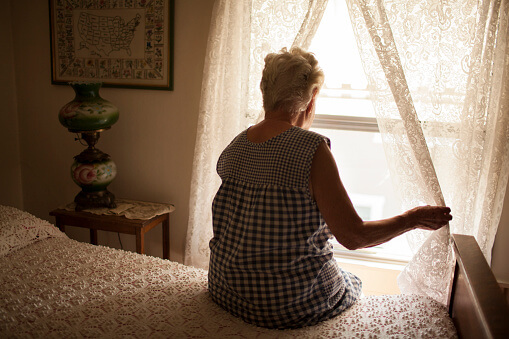The relationship between cognitive decline and fall risk is a significant concern, especially for family caregivers who want to ensure the safety and well-being of their loved ones. As we age, changes in cognitive function can increase the likelihood of falls, which can lead to serious injuries and a decline in quality of life.
Understanding the link between cognitive decline and fall risk is crucial for implementing effective strategies to prevent falls and promote safety. In this article, we will explore the factors contributing to falls among individuals with cognitive impairments and the steps caregivers can take to mitigate these risks.

The Impact of Cognitive Decline on Fall Risk
Cognitive decline can affect various functions such as memory, attention, and decision-making, all of which are crucial for maintaining balance and avoiding hazards. Individuals with dementia or other cognitive impairments may struggle to navigate their environment safely, increasing their fall risk.
Memory and Attention Issues
Memory and attention deficits can lead to difficulties in recognizing and avoiding environmental hazards. For example, a person may forget to use a walking aid or fail to notice a slippery floor, increasing the likelihood of a fall.
Impaired Decision-Making
Impaired decision-making can result in poor judgment about physical capabilities or unsafe actions, such as attempting to stand up without support or walk in dimly lit areas.
Strategies for Reducing Fall Risk
Family caregivers can take proactive steps to reduce the fall risk associated with cognitive decline. By creating a safe environment and promoting healthy habits, caregivers can help their loved ones maintain independence while minimizing the risk of falls.
Environmental Modifications
Making simple changes to the home environment can significantly reduce fall risks. This includes ensuring adequate lighting, removing tripping hazards, and installing grab bars in key areas such as bathrooms.
Fall detection systems can also provide added safety for seniors living alone.
Exercise and Physical Activity
Engaging in regular exercise can improve balance and strength, reducing the likelihood of falls. Activities such as walking, tai chi, or chair exercises can be beneficial, especially when tailored to the individual’s abilities.
Monitoring and Support
Utilizing remote monitoring technology can offer caregivers peace of mind by keeping track of their loved one’s movements and alerting them to potential falls.
Additionally, seeking professional support from healthcare providers can help in creating personalized care plans to address specific needs and risks.
The Role of Caregivers in Fall Prevention
Caregivers play a crucial role in preventing falls and ensuring the safety of individuals with cognitive decline. By staying informed about the risks and implementing appropriate strategies, caregivers can significantly reduce the likelihood of falls.
Education and Awareness
Caregivers should educate themselves about the connection between cognitive decline and fall risk to better understand the challenges their loved ones may face. This knowledge can inform decision-making and care strategies.
Communication and Collaboration
Open communication with healthcare providers and other caregivers can facilitate a collaborative approach to fall prevention, ensuring that all aspects of the individual’s care are addressed.
Support Networks
Building a support network of family, friends, and professionals can provide caregivers with the resources and assistance they need to manage the challenges of caregiving effectively.
Conclusion
Addressing the connection between cognitive decline and fall risk is essential for maintaining the safety and well-being of individuals with cognitive impairments. By understanding the factors that contribute to falls and implementing proactive strategies, caregivers can help their loved ones live safely and independently.
For more information on fall prevention and related topics, visit the CDC’s website or the NCOA’s site.

FAQs
What are the main causes of falls in individuals with cognitive decline?
Falls in individuals with cognitive decline are often caused by memory and attention deficits, impaired decision-making, and environmental hazards.
How can caregivers help prevent falls?
Caregivers can help prevent falls by making home modifications, encouraging regular exercise, and utilizing monitoring technology.
What role do healthcare providers play in fall prevention?
Healthcare providers can assist in creating personalized care plans, offering guidance on fall prevention strategies, and providing support to caregivers.
This article contains affiliate links. We may earn a commission at no extra cost to you.






